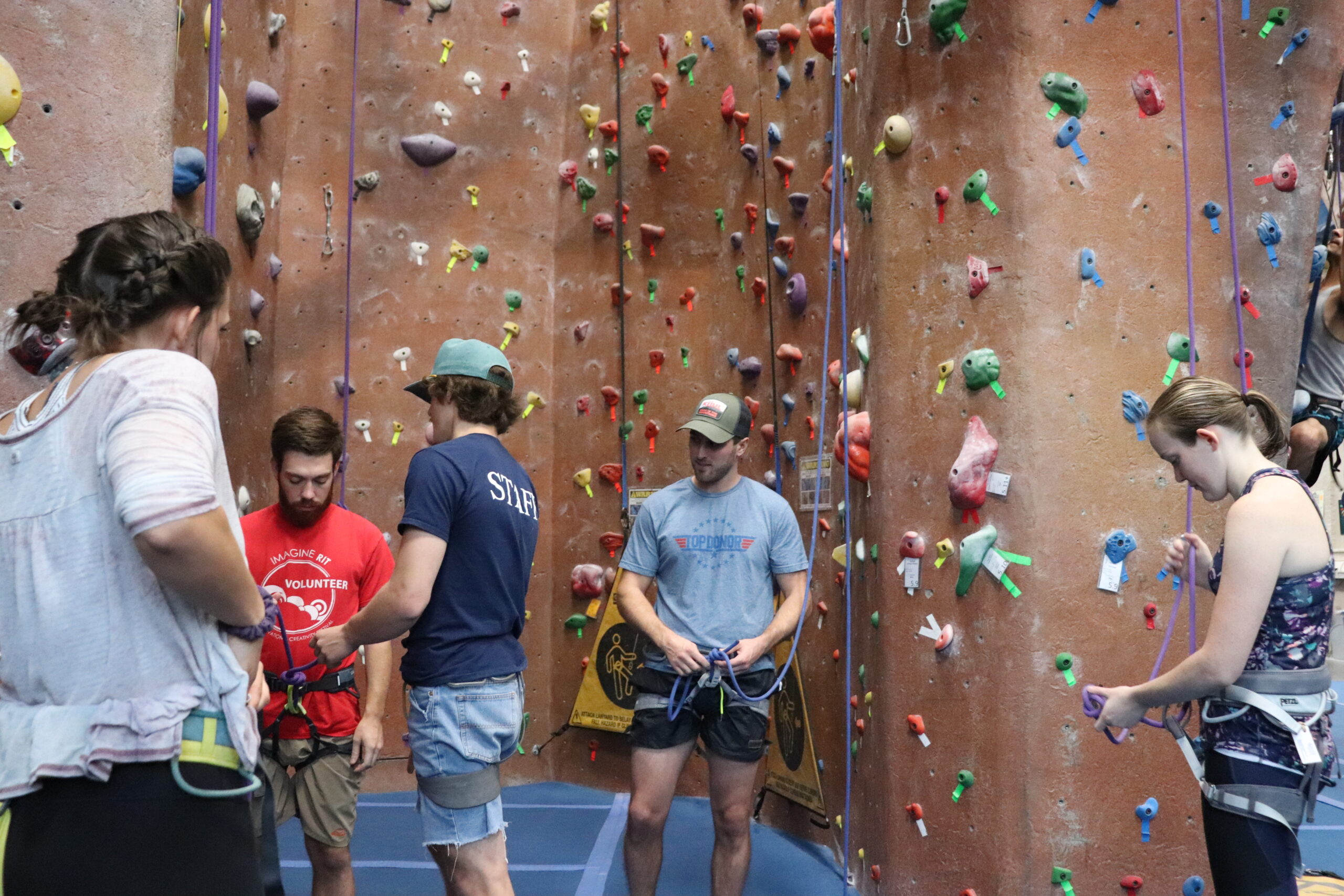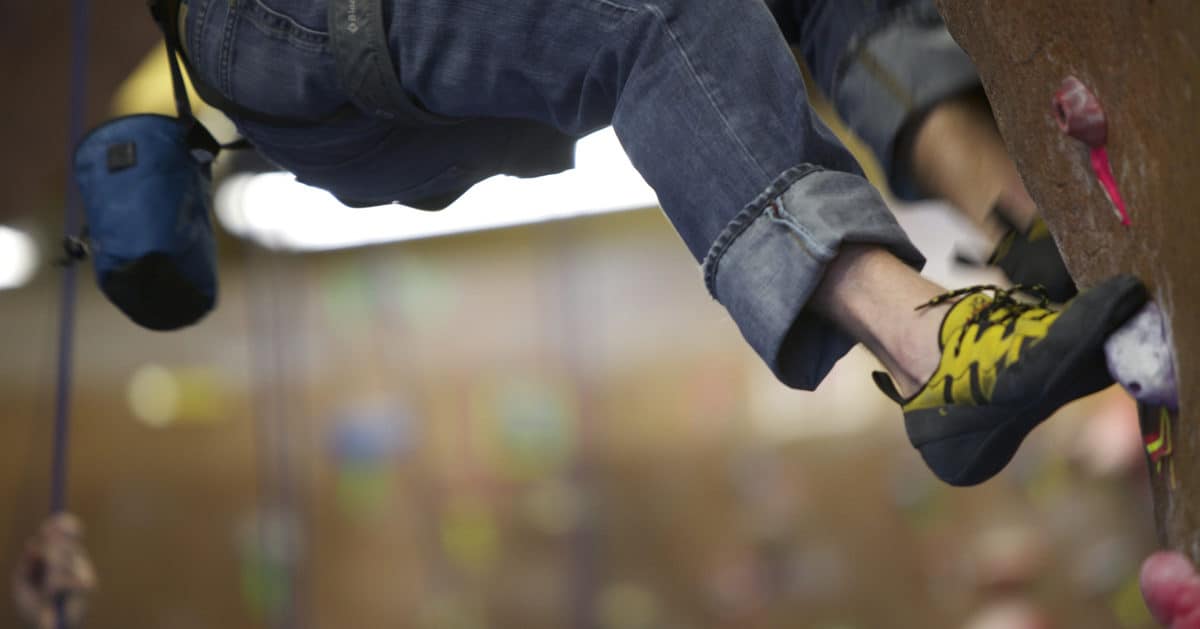So for the summer, you should definitely be trying to do some outdoor climbing. And unless you’re only going bouldering or a seasoned outdoorsman (or outdoorswoman), you’re going to need to get yourself some gear. Here’s a list of climbing essentials that you simply cannot go without if you’re top-roping and/or lead climbing, as well as few things you probably could go without (but maybe shouldn’t).
Essential Gear
Belay Device (ATC/Gri-Gri) – ATCs are your standard belay devices, using simple friction to do the task at hand. A Gri-Gri has a spring-loaded self-locking feature, and thus requires a bit more expertise to handle. They are also much more expensive than ATCs, but they are definitely useful for working with a climber struggling to get past a route’s crux. Average price for an ATC ranges from $15-35. Average price for a Gri-Gri is $80-90.
Carabiners – These are those versatile metal binding links that are most commonly used in the belaying process and carrying gear up a wall on a longer ascent. Not just any carabiner will work for climbing, however. What you need for top-roping or sport climbing is a locking D-ring carabiner. Average price for one ranges from $8-$20.
Quickdraw (sport climbing only) – Cousins of the carabiner, quickdraws are used in sport climbing. They are essentially two carabiners coupled together by sewn webbing. For most climbs, you’ll need a few more than a dozen. For taller crags, you may need two dozen. Average price for one ranges from $10-$25.
Climbing Shoes – Don’t expect to get far climbing barefoot, in sandals, or in your sneakers. You need some real climbing shoes if you’re serious about climbing. Each is made for a different purpose and style, but all do the job of helping your feet find those tiny outcrops on the crag. Average prices usually range anywhere between $60-$120.
Chalk -Not everyone uses chalk, but many do – especially sport climbers. It definitely comes in handy, even if it can get kind of messy. The price of chalk depends on the amount you get, but it’s very rarely more than $15.
Chalk Bag – It’s hard to use chalk if you don’t have something to store it in while you’re climbing. These little bags dangle from your waist and allow easy hand entry while you’re on the wall. Prices commonly range from $15-$30.
Harness – This will secure you to your rope as well as provide you carrying loops from which you can attach various gear for those longer ascents. Average price ranges from $40-$75.
Rope – Make sure it’s UIAA-rated and certified specifically for rock climbing. Try to get either a 10.5mm or 11mm cord, as they last longer than their thinner counterparts. Don’t hesitate to splurge on this particular piece of equipment; rope is quite literally your lifeline in the dangerous sport of rock climbing. Sometimes the prices seem steep, but the investment is well worth it. Prices for climbing rope vary with length and thickness. Almost all rope is upwards of $120.
Recommended Gear
Helmet – I can only think of a few things worse than cracking your head open while you’re trying to enjoy one of life’s greatest, simplest pleasures. Proceed without a helmet at your own discretion. Prices range from $50-$100.
Rope Bag – A carrying case for your rope protects that investment you so conscientiously made. Most range in price from $20-$40, but you probably have bags laying around already that are just waiting to be put to use.

